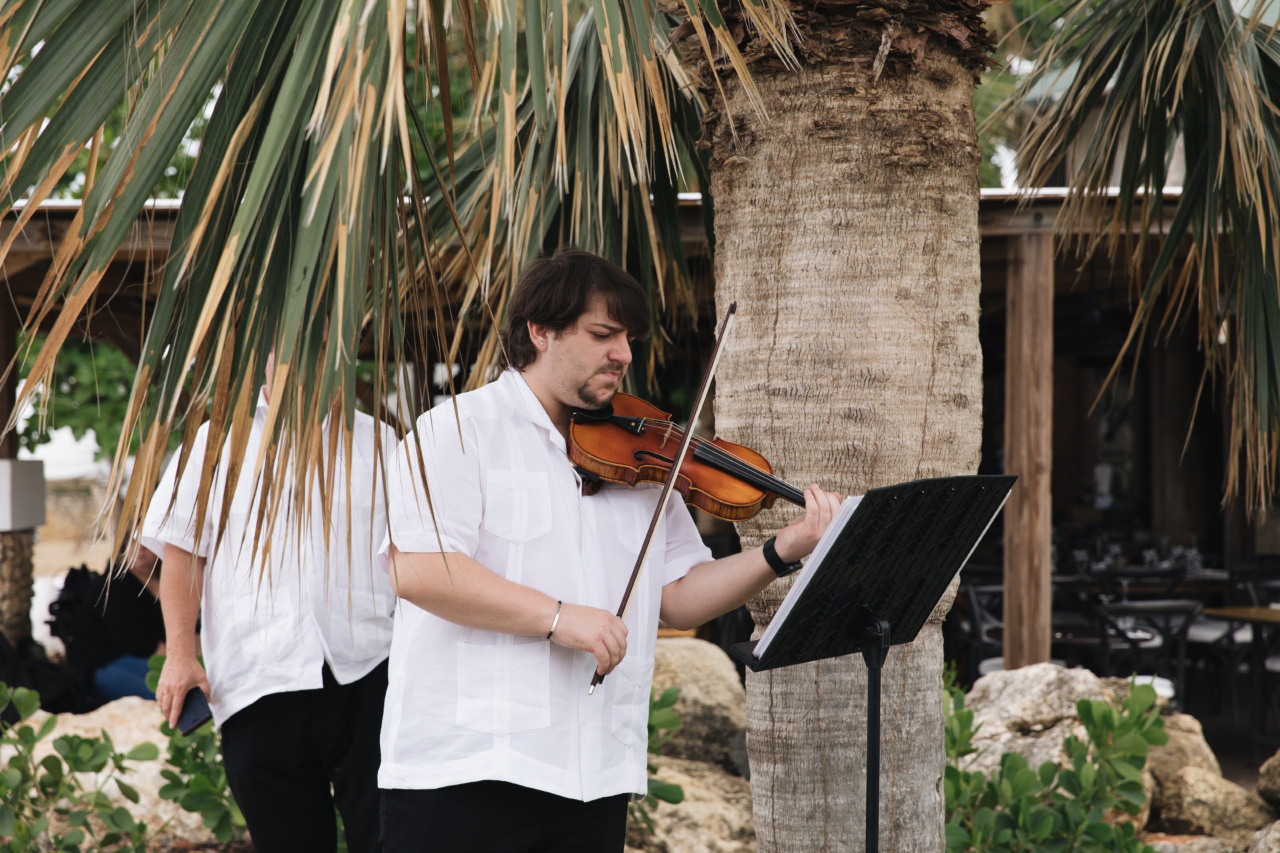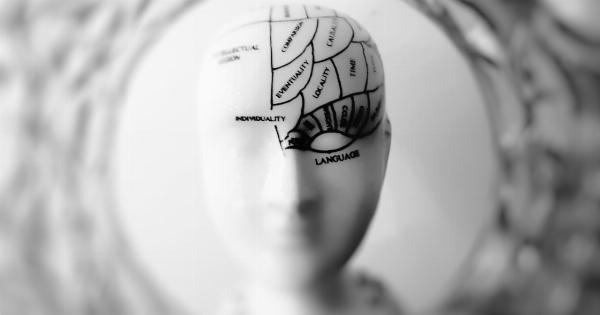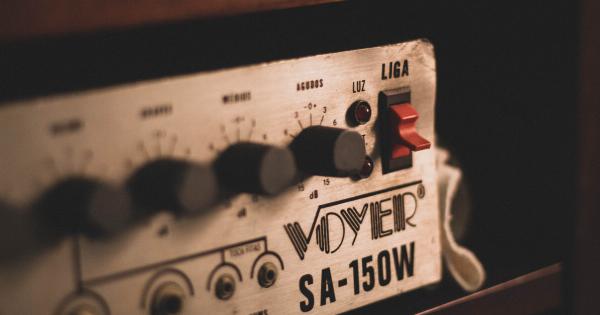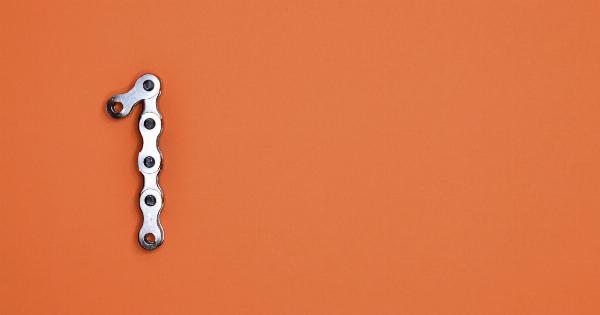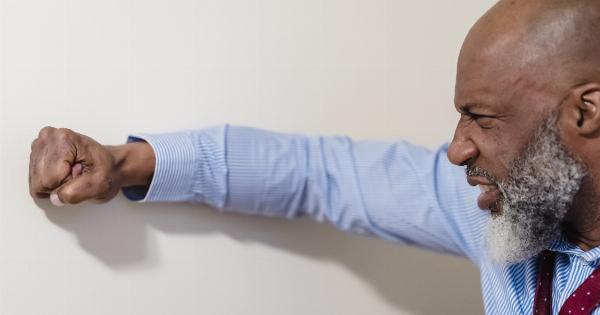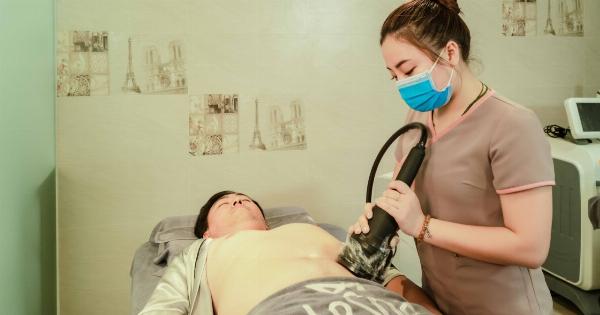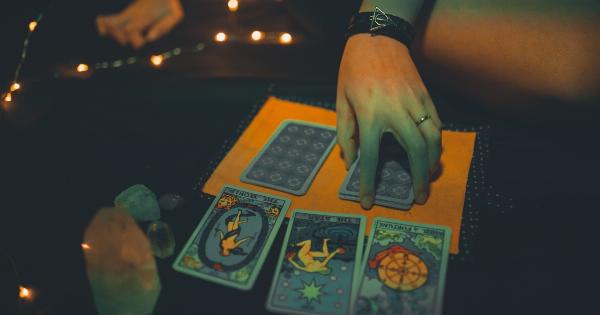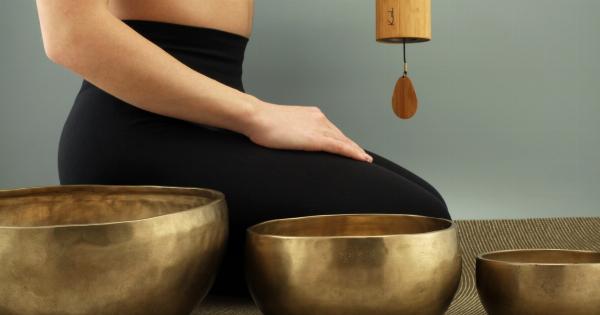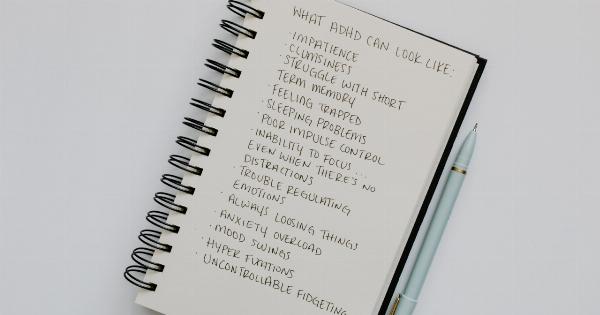Music has been proven to have a therapeutic effect on the brain, and playing a musical instrument is no exception. For a brain injury patient, picking up a violin may not be the first thing that comes to mind when seeking therapy.
But for Shannon, it was a natural choice.
A Tragic Accident
Shannon was just 23 years old when she was in a devastating car accident. The accident left her with a severe brain injury that took away her ability to speak and perform everyday tasks.
She was left in a coma for several weeks and faced the daunting journey of re-learning how to perform everyday tasks.
The Beginning of the Journey
Shannon’s occupational therapist introduced her to the idea of playing the violin as a form of therapy. At first, Shannon was apprehensive. She had no prior musical experience and the idea of learning how to play an instrument seemed daunting.
But her therapist reassured her that playing the violin could have amazing results.
Starting Out
At first, Shannon’s progress was slow. Her therapist had to start from the basics, teaching her how to hold the violin and the bow. Shannon struggled with this due to the limited movement in her arms. However, her therapist was patient.
She allowed her to take her time and adjusted the violin to support Shannon’s limitations, giving her the ability to hold and play the instrument.
Patience and Practice
Playing a violin requires precision, concentration, and patience – all qualities that can be beneficial for brain injury patients.
Shannon slowly and gradually picked up the techniques involved in playing a musical instrument, which helped to improve her motor coordination and cognitive abilities.
As she progressed, Shannon began practicing for longer periods of time, transitioning from simple exercises to more complex pieces of music.
The Benefits of Playing the Violin
Playing the violin proved to be an excellent form of therapy for Shannon, as well as many other brain injury patients. The process involved in learning and practicing the instrument provided a range of benefits, including:.
- Improved cognitive abilities: Learning to play the violin involved understanding music theory and remembering complex pieces of music. This helped to improve Shannon’s memory and cognitive abilities.
- Improved fine motor skills: Holding and playing the violin requires precise movements of the hands and fingers. This helped Shannon to regain control of her fine motor skills.
- Improved concentration: Playing the violin requires focus and concentration, which helped Shannon to improve these skills. This is particularly beneficial for brain injury patients who may experience difficulty with attention and concentration.
- Enhanced self-esteem: Learning a new skill, such as playing the violin, can help to boost self-esteem and confidence. This was certainly the case for Shannon, who found a renewed sense of self-worth and independence through her musical therapy.
The End Result
Shannon’s journey with the violin was a long and challenging one. But as she progressed, she began to see the benefits of playing the instrument.
Playing the violin became an integral part of her rehabilitation journey, helping her to rebuild her life after the accident.
Today, Shannon continues to play the violin and regularly performs in group music sessions. She credits the instrument for helping her to achieve a sense of routine and balance in her life since her accident.
Conclusion
Playing the violin is not an obvious choice for a brain injury patient seeking rehabilitation. But Shannon’s story shows that music can be an incredibly powerful tool for the brain.
The act of learning and practicing an instrument can provide a range of benefits, from improving cognitive abilities to enhancing self-esteem.
For patients like Shannon, playing the violin can be a life-changing experience, enabling them to rediscover their own abilities and reach new levels of confidence and independence.
